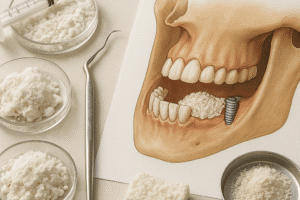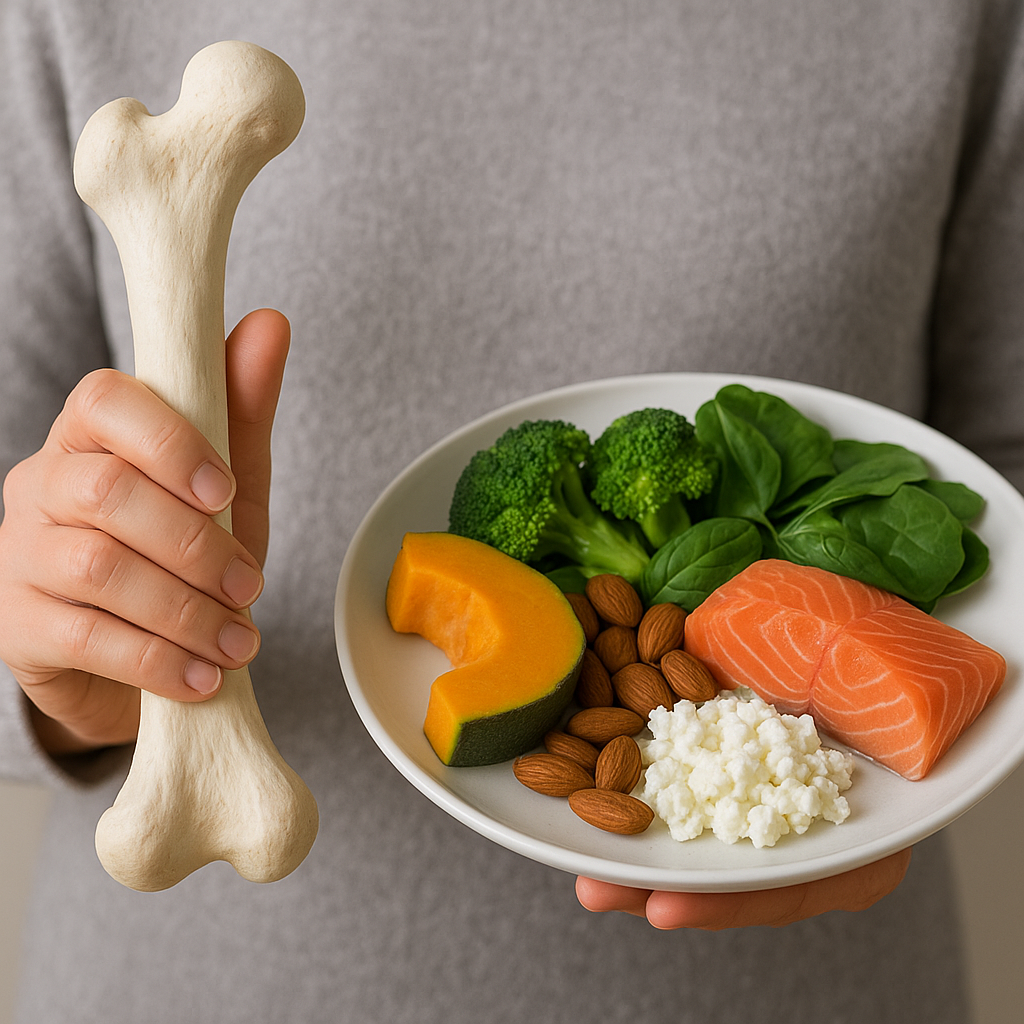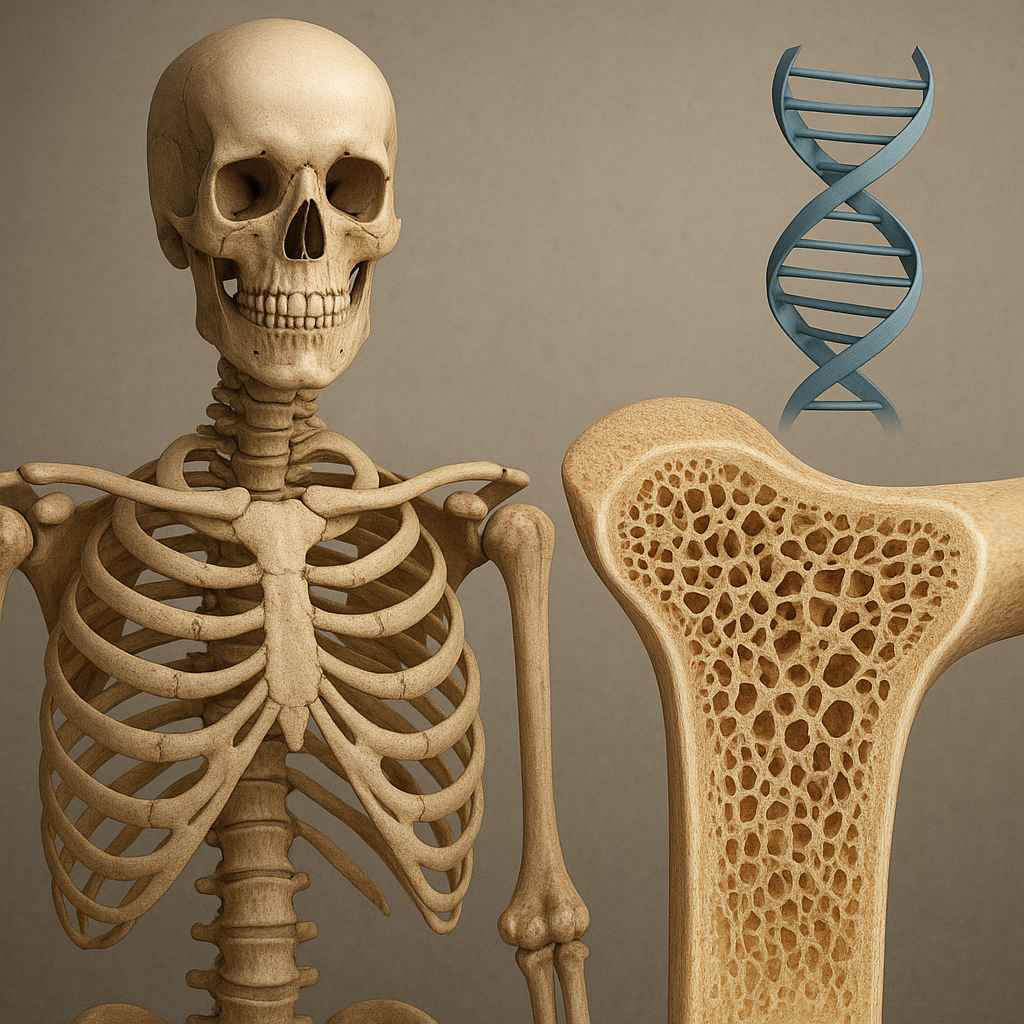Bone pain is a complex phenomenon that can arise from various underlying conditions, making it a significant concern for many individuals. Understanding the science behind bone pain is crucial for effective diagnosis and treatment. This article delves into the mechanisms of bone pain, its various causes, and the implications for those who experience it.
The Mechanisms of Bone Pain
Bone pain, also known as ostealgia, can be attributed to several physiological processes. The sensation of pain is primarily mediated by the nervous system, which transmits signals from the site of injury or inflammation to the brain. In the case of bone pain, several factors can contribute to the activation of pain receptors.
1. Nociceptive Pain
Nociceptive pain is the most common type of pain associated with bone conditions. It occurs when nociceptors, the pain receptors in the body, are activated by harmful stimuli. This can happen due to:
- Fractures: A break in the bone can lead to immediate and intense pain as the body responds to the injury.
- Infections: Osteomyelitis, an infection of the bone, can cause significant pain due to inflammation and pressure on surrounding tissues.
- Inflammation: Conditions such as arthritis can lead to inflammation of the joints and surrounding bone, resulting in pain.
2. Neuropathic Pain
Neuropathic pain occurs when there is damage to the nervous system itself. This type of pain can be more challenging to treat and may not respond well to traditional pain relief methods. In the context of bone pain, neuropathic pain can arise from:
- Bone tumors: Tumors can invade or compress nerves, leading to pain that is often described as burning or tingling.
- Post-surgical complications: Nerve damage during surgery can result in chronic pain that persists long after the initial injury has healed.
3. Central Sensitization
Central sensitization refers to the increased sensitivity of the central nervous system to stimuli. This phenomenon can lead to heightened pain perception, even in the absence of a clear injury. Conditions such as fibromyalgia, which can involve widespread bone pain, are often associated with central sensitization.
Common Causes of Bone Pain
Bone pain can stem from a variety of causes, ranging from acute injuries to chronic conditions. Understanding these causes is essential for effective management and treatment.
1. Acute Injuries
Acute injuries are one of the most straightforward causes of bone pain. These injuries can occur during sports, accidents, or falls. Common types of acute injuries include:
- Fractures: As mentioned earlier, fractures can cause immediate and severe pain, often accompanied by swelling and bruising.
- Sprains and Strains: While these injuries primarily affect ligaments and muscles, they can also lead to pain in the adjacent bones.
2. Chronic Conditions
Chronic conditions can lead to persistent bone pain that may not be linked to a specific injury. Some of the most common chronic conditions include:
- Osteoporosis: This condition weakens bones, making them more susceptible to fractures and pain.
- Arthritis: Various forms of arthritis, including rheumatoid arthritis and osteoarthritis, can cause joint pain that radiates to the bones.
- Paget’s Disease: This disorder disrupts the normal cycle of bone renewal, leading to enlarged and weakened bones that can be painful.
3. Infections
Bone infections, such as osteomyelitis, can cause severe pain and require prompt medical attention. These infections can arise from:
- Open fractures: When a fracture breaks through the skin, it can introduce bacteria into the bone.
- Infections from other parts of the body: Bacteria can spread to the bone through the bloodstream from other infections.
4. Tumors
Both benign and malignant tumors can cause bone pain. Tumors may exert pressure on surrounding tissues or invade the bone, leading to discomfort. Common types of bone tumors include:
- Osteosarcoma: A type of bone cancer that typically occurs in the long bones of the arms and legs.
- Benign tumors: Conditions such as osteochondromas can also cause pain, although they are not cancerous.
5. Metabolic Disorders
Metabolic disorders can also contribute to bone pain. Conditions such as vitamin D deficiency can lead to osteomalacia, a softening of the bones that results in pain and increased fracture risk. Other metabolic disorders that may affect bone health include:
- Hyperparathyroidism: This condition can lead to increased calcium levels in the blood, resulting in bone pain and weakness.
- Thyroid disorders: Both hyperthyroidism and hypothyroidism can impact bone density and health, leading to pain.
Diagnosis and Treatment of Bone Pain
Diagnosing the underlying cause of bone pain is essential for effective treatment. A comprehensive approach often involves a combination of medical history, physical examination, and diagnostic imaging.
1. Diagnostic Procedures
Healthcare providers may use several diagnostic tools to determine the cause of bone pain, including:
- X-rays: These can reveal fractures, infections, or tumors in the bones.
- MRI and CT scans: These imaging techniques provide detailed views of bone and soft tissue, helping to identify underlying issues.
- Blood tests: These can help detect infections, metabolic disorders, or markers of inflammation.
2. Treatment Options
Treatment for bone pain varies depending on the underlying cause. Common treatment options include:
- Medications: Pain relievers, anti-inflammatory drugs, and medications for specific conditions (e.g., bisphosphonates for osteoporosis) can help manage pain.
- Physical therapy: Rehabilitation exercises can strengthen muscles around the bones and improve mobility.
- Surgery: In cases of severe fractures, tumors, or infections, surgical intervention may be necessary.
3. Lifestyle Modifications
In addition to medical treatments, lifestyle modifications can play a significant role in managing bone pain. These may include:
- Diet: A balanced diet rich in calcium and vitamin D can support bone health.
- Exercise: Regular weight-bearing exercises can strengthen bones and improve overall health.
- Weight management: Maintaining a healthy weight can reduce stress on the bones and joints.
Conclusion
Bone pain is a multifaceted issue that can arise from various causes, including acute injuries, chronic conditions, infections, tumors, and metabolic disorders. Understanding the mechanisms behind bone pain and its potential causes is essential for effective diagnosis and treatment. By employing a comprehensive approach that includes medical intervention, lifestyle modifications, and ongoing management, individuals can find relief from bone pain and improve their quality of life.













